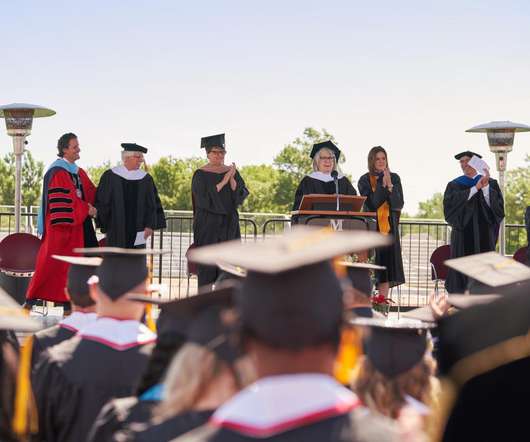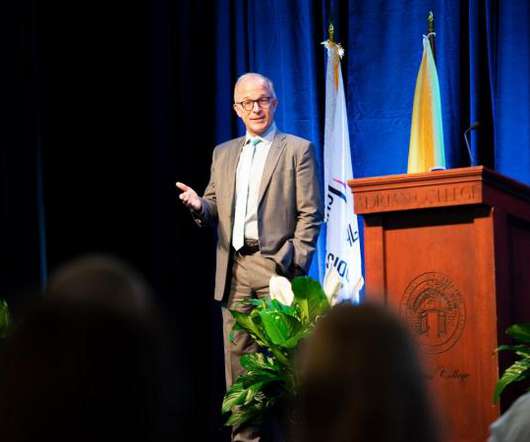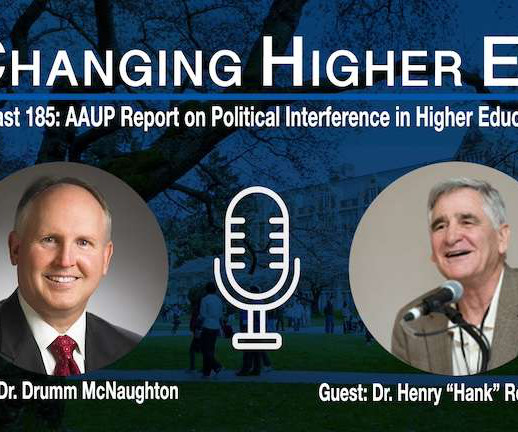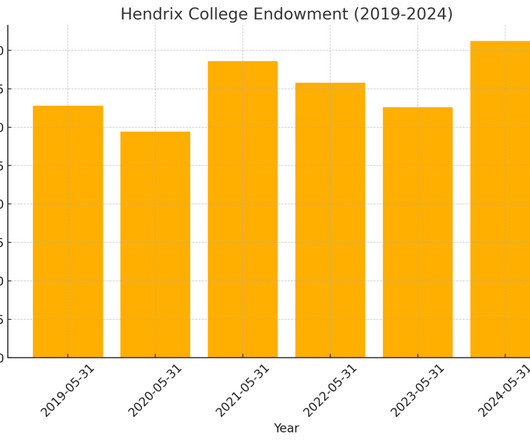Why I gave $25M to a small liberal arts college (opinion)
Inside Higher Ed
AUGUST 17, 2022
Now, I see this through a new lens as my husband, Richard, and I have made our first big philanthropic investment in higher education: supporting one of our nation’s small liberal arts colleges. Today’s world is made better with the kind of education students get at a small liberal arts college.












Let's personalize your content